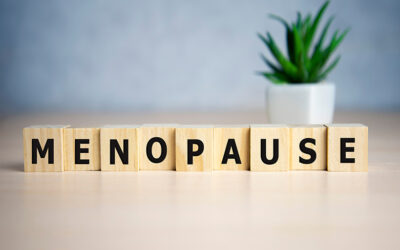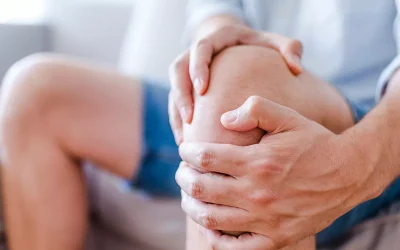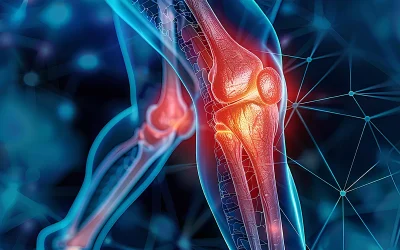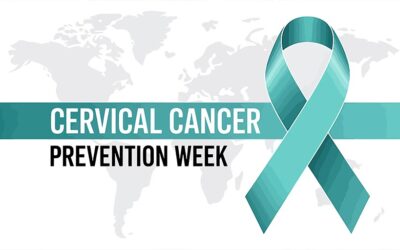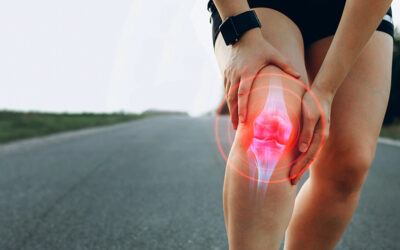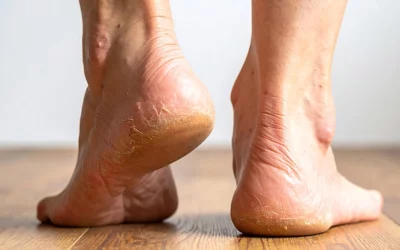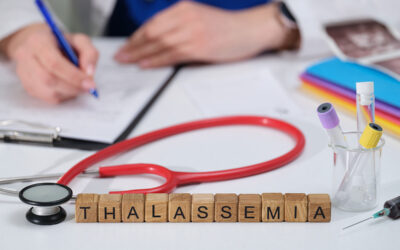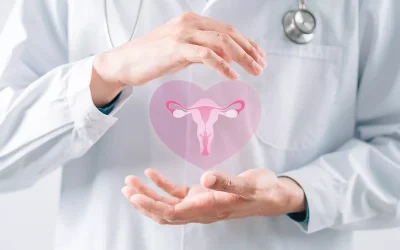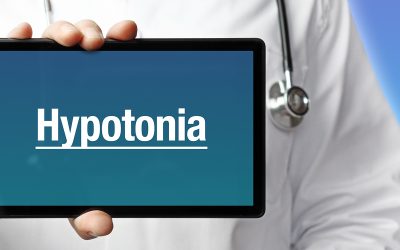World Cerebral Palsy Day 2025: A Global Call for Awareness, Inclusion, and Action
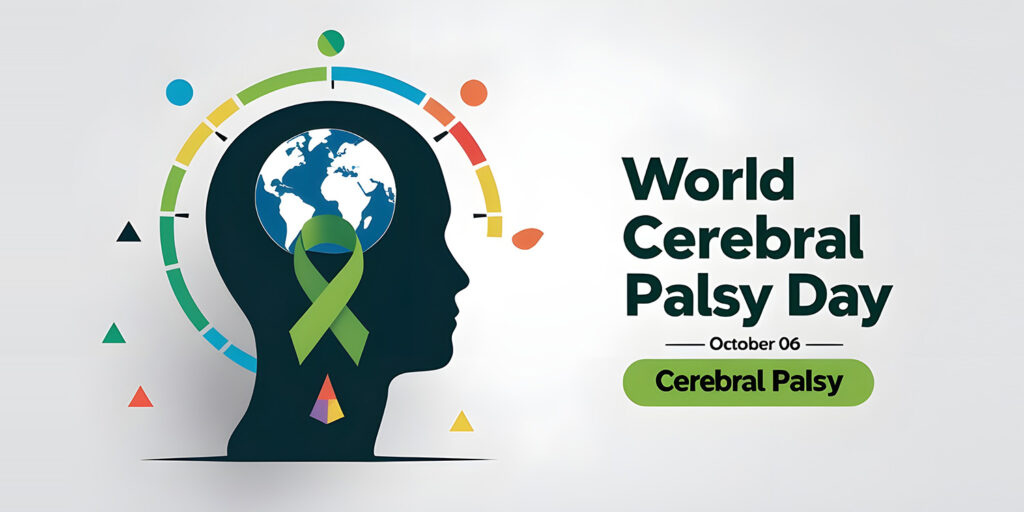
World Cerebral Palsy Day, observed every year on the 6th of October, is more than a date on the calendar – it is a movement to recognise millions of people living with cerebral palsy worldwide and to call for greater inclusion, understanding, and action. In 2025, the day brings renewed focus on breaking barriers, amplifying voices, and building communities that ensure equal opportunities for those affected by this disorder. By joining this global campaign, individuals, organisations, and governments can take meaningful steps towards creating a world that values dignity, accessibility, and inclusion for all. In this article, we will discuss why this day holds global significance, and how united efforts can bring meaningful change. But first, let’s understand the disorder and all that it entails.
Table of Contents
ToggleWhat is Cerebral Palsy?
Cerebral Palsy (CP) is a collective term for a group of childhood disorders that affect movement and posture, caused by abnormal brain development or damage to the developing brain, usually before birth or during early childhood. Children and adults living with CP may experience challenges with muscle control, balance, and coordination, which can affect daily activities in different ways. The severity can range from mild difficulties with balance to significant challenges with mobility and daily activities.
Type of Cerebral Palsy
- Spastic cerebral palsy: The most common type, marked by muscle stiffness and difficulty with movement.
- Dyskinetic cerebral palsy: Characterised by involuntary, uncontrolled movements and fluctuating muscle tone. It makes hard to control voluntary muscles
- Ataxic cerebral palsy: Associated with poor balance, shaky movements, and difficulties with coordination.
While cerebral palsy is not progressive, its complications may change as a child grows. Early diagnosis, physiotherapy, and rehabilitation play a vital role in improving the quality of life of those dealing with cerebral palsy.
What are the Early Signs of Cerebral Palsy in Children?
Cerebral palsy often shows signs in early childhood, and recognising them promptly allows for timely diagnosis and intervention. Common early indicators include:
- Delayed milestones: Difficulty in sitting, crawling, or walking compared to other children of the same age.
- Muscle stiffness or weakness: Either unusually tight or floppy muscles, affecting movement and posture.
- Poor coordination and balance: Trouble with controlling movements, frequent falls, or unsteady gait.
- Speech and swallowing difficulties: Challenges in speaking clearly, chewing, or swallowing food safely.
Not all children show the same symptoms, but if these signs persist, early medical evaluation is essential for better outcomes.
What Causes Cerebral Palsy?
Cerebral palsy results from damage to the developing brain or abnormal brain development, usually before, during, or shortly after birth. Several factors may contribute to this condition, such as:
- Birth-related complications: Prolonged or difficult labour, which may cause injury to the baby’s brain.
- Premature birth and brain injury: Babies born too early have a higher risk of brain bleeds or developmental issues that can lead to cerebral palsy.
- Lack of oxygen during delivery: Limited oxygen supply to the brain (perinatal asphyxia) can result in long-term neurological problems.
While not every cause can be prevented, timely medical care during pregnancy and delivery can lower some of the risks.
Challenges Faced by People with Cerebral Palsy
Living with cerebral palsy often means coping with difficulties that extend beyond physical movement. Many individuals face barriers in everyday life that affect their independence and participation in society. Common challenges include:
- Mobility issues: Difficulty walking or needing assistive devices such as crutches, wheelchairs, or walkers.
- Communication barriers: Speech difficulties can make it harder to interact and express needs.
- Educational limitations: Children may require special education support and adaptive learning methods.
- Employment restrictions: Adults with cerebral palsy may encounter fewer job opportunities due to physical limitations or workplace inaccessibility.
- Social exclusion: Misunderstanding and stigma often lead to reduced participation in community and social activities.
Addressing these challenges requires a holistic approach that combines medical care, rehabilitation, education, and inclusive policies.
Rehabilitation and Treatment Options for Cerebral Palsy
Although cerebral palsy cannot be completely cured, timely intervention and rehabilitation can greatly improve the quality of life. Treatment focuses on enhancing mobility, communication, and independence. Treatment options for cerebral palsy include:
- Physiotherapy: Helps improve muscle strength, flexibility, and coordination.
- Occupational therapy: Supports children and adults in performing daily tasks more independently.
- Speech therapy: Assists in overcoming speech, language, and swallowing difficulties.
- Medications: May be prescribed to manage muscle stiffness, seizures, or associated conditions.
- Assistive devices: Wheelchairs, braces, and communication aids enable greater independence.
World Cerebral Palsy Day 2025: Date, Theme, and Significance
World Cerebral Palsy Day is observed every year on 6th October to highlight the challenges faced by people living with cerebral palsy and to encourage inclusion, understanding, and global action. The day brings together individuals, families, healthcare professionals, and advocacy groups to spread awareness and promote equal opportunities. The colour green, symbolising hope and new beginnings, is used worldwide during events and campaigns to represent cerebral palsy awareness.
The theme for World Cerebral Palsy Day 2025 is “Unique and United.” It highlights the individuality of every person with cerebral palsy while recognising the strength of a united global community. The campaign focuses on celebrating achievements, improving access to healthcare, rehabilitation, and education, and breaking barriers that limit participation. By recognising this day, societies reaffirm their commitment to building inclusive environments where people with cerebral palsy can thrive with dignity, equality, and opportunity.
How is World Cerebral Palsy Day Observed Globally?
World Cerebral Palsy Day is marked by individuals, families, healthcare providers, and advocacy groups across the globe. The day is observed through a wide range of activities aimed at spreading awareness and encouraging inclusion:
- Awareness campaigns: Social media movements, educational sessions, and community outreach.
- Fundraising events: Walkathons, charity runs, and donation drives to support rehabilitation and research.
- Workshops and seminars: Expert-led discussions on treatment options, assistive technology, and inclusive policies.
- Community participation: Lighting landmarks in green, sharing personal stories, and organising cultural programmes.
These activities not only highlight the challenges faced by those with cerebral palsy but also inspire collective action towards a more inclusive society.
How Can You Support People with Cerebral Palsy?
Support for people with cerebral palsy goes beyond medical treatment – it also involves fostering inclusion, respect, and opportunities in daily life. Some meaningful ways to help include:
- Raising awareness: Share information about cerebral palsy to reduce stigma and encourage understanding.
- Encouraging inclusive opportunities: Promote equal access to education, employment, and recreational activities.
- Supporting NGOs and advocacy groups: Contribute time, resources, or donations to organisations working for cerebral palsy care and rights.
- Volunteering: Offer assistance at rehabilitation centres, schools, or events that support children and adults with cerebral palsy.
- Community involvement: Participate in awareness events such as World Cerebral Palsy Day activities to show solidarity.
Conclusion: Moving Forward with Hope
World Cerebral Palsy Day is more than just an observance; it is a call to action for greater awareness, inclusion, and support. By recognising the challenges faced by children and adults with cerebral palsy, and by promoting access to rehabilitation, education, and community opportunities, societies can help improve their lives and reduce the stigma around this disability.
If you are seeking support for children or adults with cerebral palsy, including specialised care, physiotherapy, and rehabilitation services, Graphic Era Hospital can help. To consultour experts in Dehradun, simply call 1800-889-7351.
Frequently Asked Questions
What colour represents cerebral palsy awareness?
The colour green symbolises cerebral palsy awareness, representing hope and new beginnings.
How many people are living with cerebral palsy worldwide?
It is estimated that more than 17 million people across the globe live with cerebral palsy, making it the most common physical disability in childhood.
What role do NGOs play in cerebral palsy support?
NGOs provide rehabilitation services, educational support, awareness programmes, and advocacy for the rights of people with cerebral palsy.
How can I participate in World Cerebral Palsy Day events near me?
You can join awareness campaigns, volunteer with local organisations, support fundraising initiatives, or take part in social media movements using official hashtags.
Which hospital offers advanced care and rehabilitation for cerebral palsy in Dehradun?
Graphic Era Hospital in Dehradun provides specialised support for children and adults with cerebral palsy, including physiotherapy, rehabilitation, and expert consultations to help improve mobility, independence, and quality of life.
When is World Cerebral Palsy Day celebrated?
World Cerebral Palsy Day is observed every year on 6th October to raise awareness and advocate for the rights of people with cerebral palsy.
What is the theme for World Cerebral Palsy Day 2025?
The theme for 2025 highlights awareness, inclusion, and action, encouraging global communities to work together in creating equal opportunities for people with cerebral palsy.
What are the early signs of cerebral palsy in children?
Early signs include delayed milestones, stiff or weak muscles, poor coordination, and difficulties with speech or swallowing. If these symptoms persist, early medical evaluation is advised.
Can cerebral palsy be cured completely?
Cerebral palsy cannot be cured, but early intervention with physiotherapy, occupational therapy, and supportive treatments can significantly improve mobility, independence, and quality of life.
How does rehabilitation help people with cerebral palsy?
Rehabilitation, including physiotherapy, speech therapy, and occupational therapy, helps manage symptoms, improve daily functioning, and enhance overall well-being.
By Specialities
- Bariatric Surgery
- Cancer Care
- Cardiology
- Dental
- Dermatology
- Diabetes & Endocrinology
- Endocrinology and Diabetes
- ENT (Ear Nose Throat)
- Eye Care
- Gastroenterology
- Haematology
- Health Care
- Health Tips
- Hematology
- Hepatology
- Internal Medicine
- Mental Health and Behavioural Sciences
- Metabolic
- Neonatology
- Nephrology
- Neurology
- Nutrition & Dietetics
- Obstetrics & Gynaecology
- Oncology
- Ophthalmology
- Orthopaedics
- Paediatric
- Physiotherapy & Rehabilitation
- Plastic and Reconstructive Surgery
- Psychology
- Pulmonology
- Rheumatology
- Spine
- Urology
Recent Posts
Need expert medical advice?
Share your details and our healthcare specialists will reach out to assist you.
By proceeding, you acknowledge and agree to our Privacy Policy, Terms of Use, and Disclaimer.
